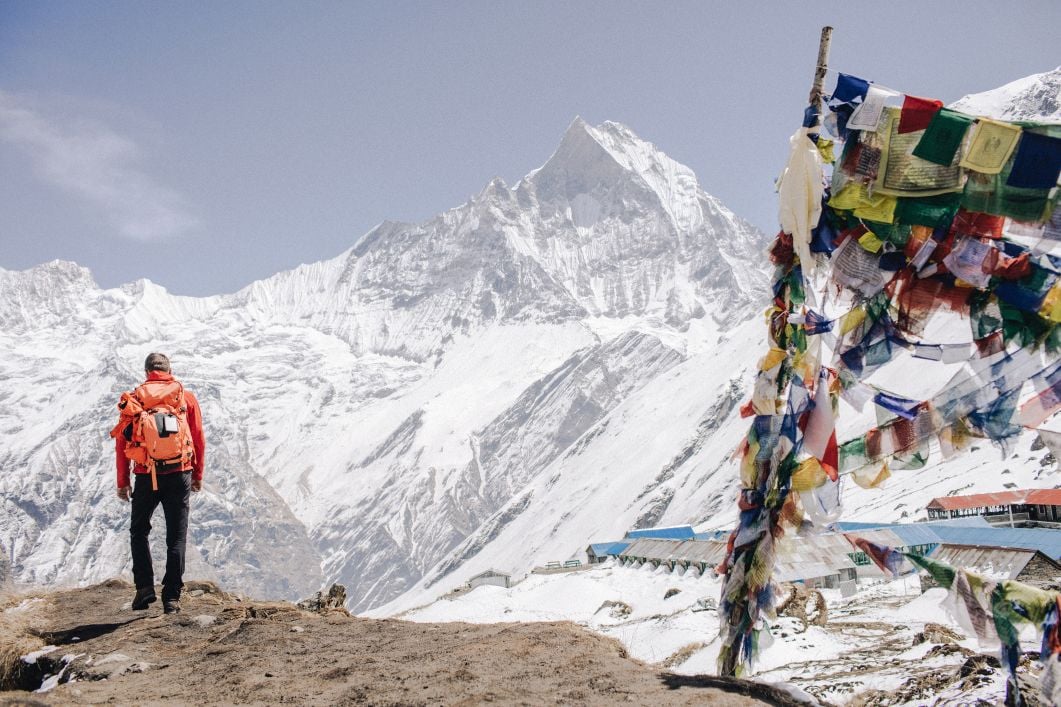
Annapurna I is the tenth highest mountain in the world at 8,091m (26,545ft) high - but it is also the world's deadliest mountain, with the highest fatality rate of any peak in the world. This mountain, nestled high in the mighty Himalayas of Nepal, has a fatality rate of around 33%, with the high-risk challenges on the ascent including avalanches and notorious ice and rock sections, on top of the usual demands on the body and mind that come with climbing such a huge peak.
Only extremely experienced mountaineers should even consider climbing a peak such as this. Even then, the risks are immense.
K2, the second highest mountain in the world, and Nanga Parbat, the ninth highest mountain on Earth, are second and third on this tragic list. The pull of climbing these high peaks is too alluring for some; and indeed, it is also on mountains like these that the greatest feats of mountaineering are achieved. With the attraction of climbing any mountain above 8,000m also comes an inherent risk of life - though it is one that has not put mountaineers off visiting these peaks, and is unlikely to do so in the future, as the world of mountaineering continues to steadily advance.
Only extremely experienced mountaineers should even consider climbing a peak such as this. Even then, the risks are immense. If you are interested in visiting the wider Annapurna region, however, which is rather remarkable, there are numerous long-distance treks which run in the area - notably the ABC trek to Annapurna Base Camp, or the longer, legendary Annapurna Circuit trek.

A trigger warning: There is a lot of death in this article. We realise this might set a rather gloomy tone and be triggering to some people.
What is the Most Dangerous Mountain to Climb?
According to Guinness World Records, Annapurna I is the deadliest mountain in the world. This might surprise you. Many people would assume the world’s deadliest mountain is K2 or Everest. K2 certainly has a long history of death and destruction and Everest gets a lot of footfall for an 8000m peak. But no, at the time of writing, this record is held by the little known mountain of Annapurna I.
Where is Annapurna I?
Annapurna I is the tenth highest mountain in the world, at a not insignificant 8091m above sea level. It is part of the Annapurna massif in Nepal, which you might know it for the famous trekking in the Annapurna region. This is the same place, but instead of going round the mountains, you’re going up.
Annapurna I is the highest peak in a monotously-named collection of six summits: Annapurna I – IV, Annapurna South and Gangapurna. All these peaks are under the magic 8000m mark, except for Annapurna I, which exceeds it.
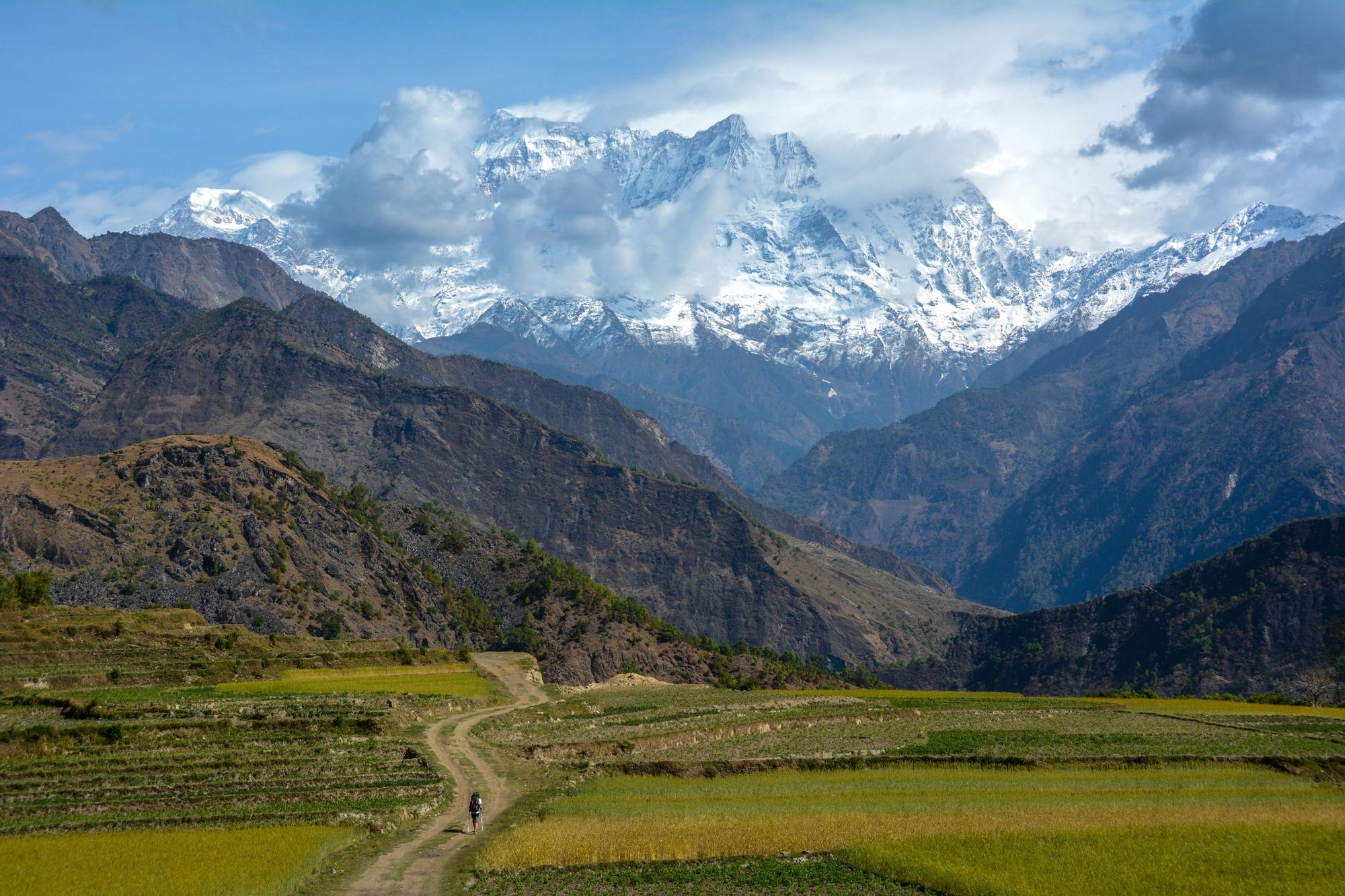
Why is Annapurna I the Deadliest Mountain?
Well, put bluntly, it’s because the ratio of deaths to successful summit survivals is the highest in the world. For every three people who successfully make it up the mountain and back down, one person dies - that's a rate of around 33%, meaning that for every 100 people who attempt the climb, 33 do not come back.
Some mathematically-minded people might be thinking, “What about the people who don’t achieve the summit but also don’t die?” Well firstly, kudos to them for turning back and staying safe. Secondly, we don’t know the answer to this. It’s not clear how Guinness World Records accounts for this in their stats.
A History of Ascents (and Failures)
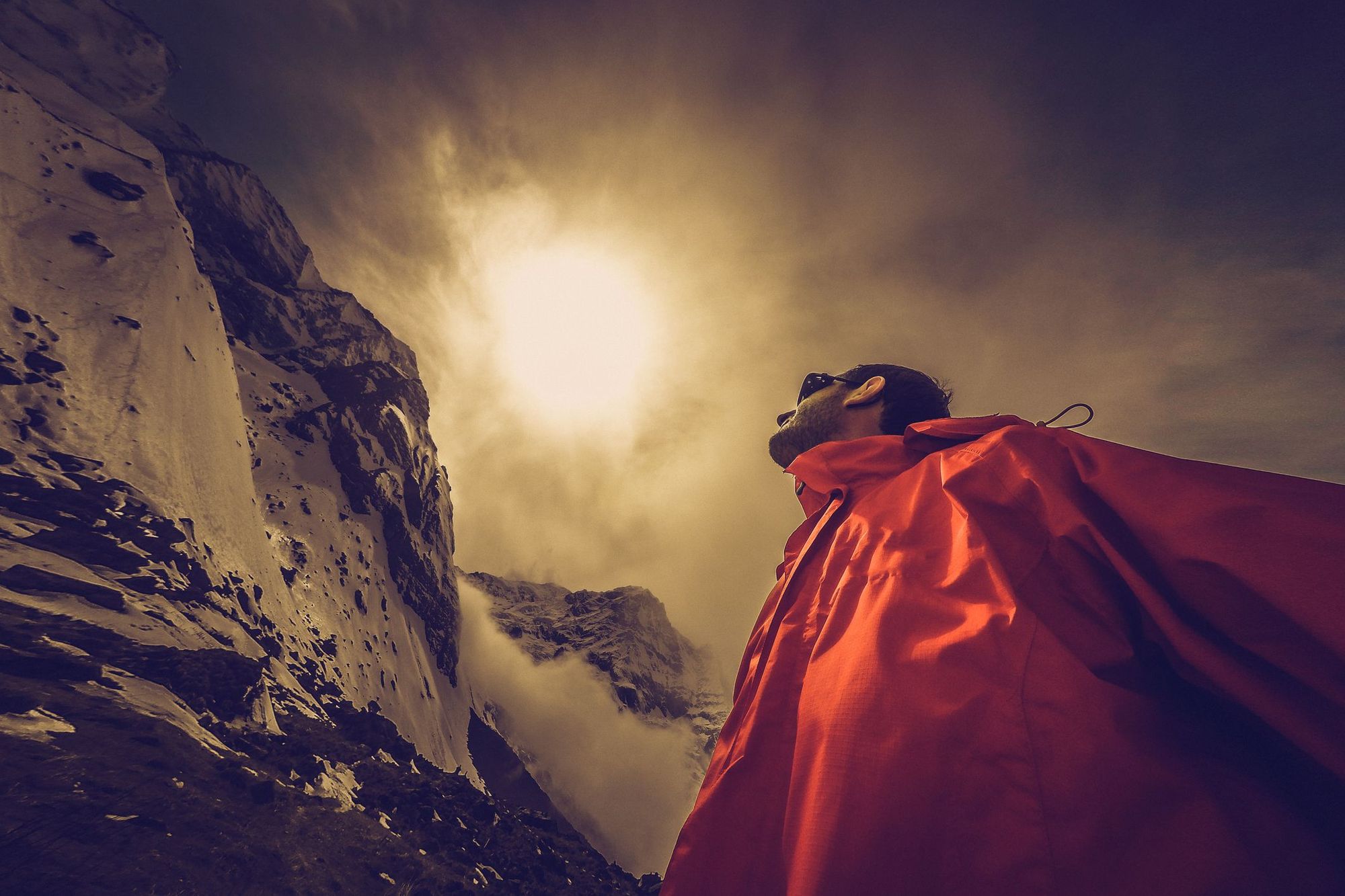
If you’ve spent any time reading about – or doing – mountaineering, you’ll know that most people die on the way down. Many people think of the summit as the finish point, the place you pick the trophy up from and start celebrating, but actually it’s only halfway. You’ve only really had a successful summit if you get down again to tell the tale.
Of course, for many smaller mountains you’re never too far from help. But up on an enormous and remote peak like Annapurna I, you’re the most exposed and furthest from help that you’ll be on the expedition. From then on in, you’re heading back towards safety.
Take all of the above into account, and it’s unsurprising that many deaths on Annapurna I occur on the way down. That said, there are numerous deaths on the ascent too. The stories make grim reading.
Friends watching teammates die in front of them. Avalanches wiping out ascent parties. It’s enough to make you think climbing an 8,000m mountain is a death wish. The culprits are what you would usually expect: poor weather, exhaustion, running out of oxygen, late ascents and not turning back at the cut off time.
Those who have died on Annapurna I include the British climbers Ian Clough in 1970 and Alex MacIntyre in 1982. Clough was killed by a falling sérac (ice-pillar) near Camp 2, while descending, and was described by Sir Chris Bonington, who led the expedition as "the kindest and most selfless partner I ever had." Alex MacIntyre was well known in the climbing community for pioneering new techniques. He was killed by a falling stone while setting a new route on Annapurna's South Face. There is a Memorial Hut to him in the West Highlands.
How Many People Have Climbed Annapurna I?
Yes. There have been some successful summits in Annapurna’s morbid history. Remember, the survival ratio is 3 to 1, so most people do survive, but when you think that Everest’s ratio is more like 15 to 1, the odds aren’t great.
It’s surprising, then that the first ascent of Annapurna I in the summer of 1950 had no fatalities. It was also the first time anyone had ever tried to summit it. No other 8,000m mountain had been summited until that moment, so it was a huge feat.
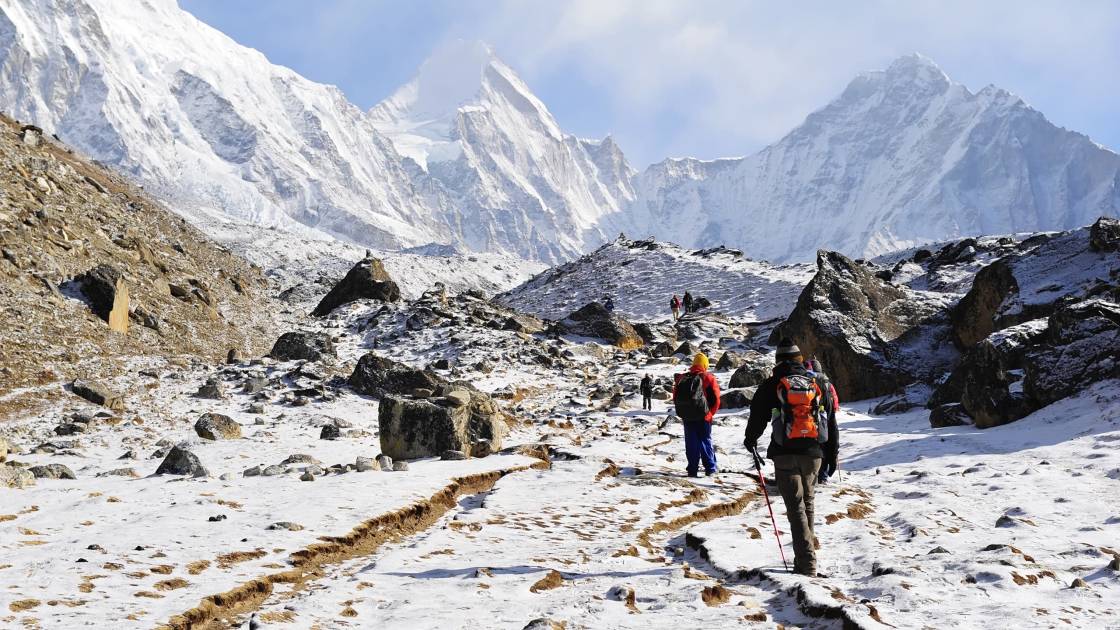
The trip sounds like a classic against-all-odds expedition: the leader, Maurice Herzog, dropped his gloves and eventually lost his hands to frostbite because of it; another member fell in a crevasse, taking three people down with him, only for all four to be hauled out again the next morning. And if that wasn’t enough, Herzog found himself dangling upside down from a rope, with a coil around his neck, after being hit by an avalanche. Somehow, everyone survived this journey. Perhaps even more amazingly, it's yet to be made into a Hollywood blockbuster.
More recently, on 8-9 October 2013, the late Ueli Steck soloed a route up the main face in one of his famous speed-climbs, taking 28 hours to get from base camp to the summit and back. That’s enough to make seasoned mountaineers want to cry. You can console yourself that at least it was his third attempt.
As of 2022, 365 people had summitted Annapurna I, while 72 had died climbing.
Is the Annapurna Circuit Trek Dangerous?
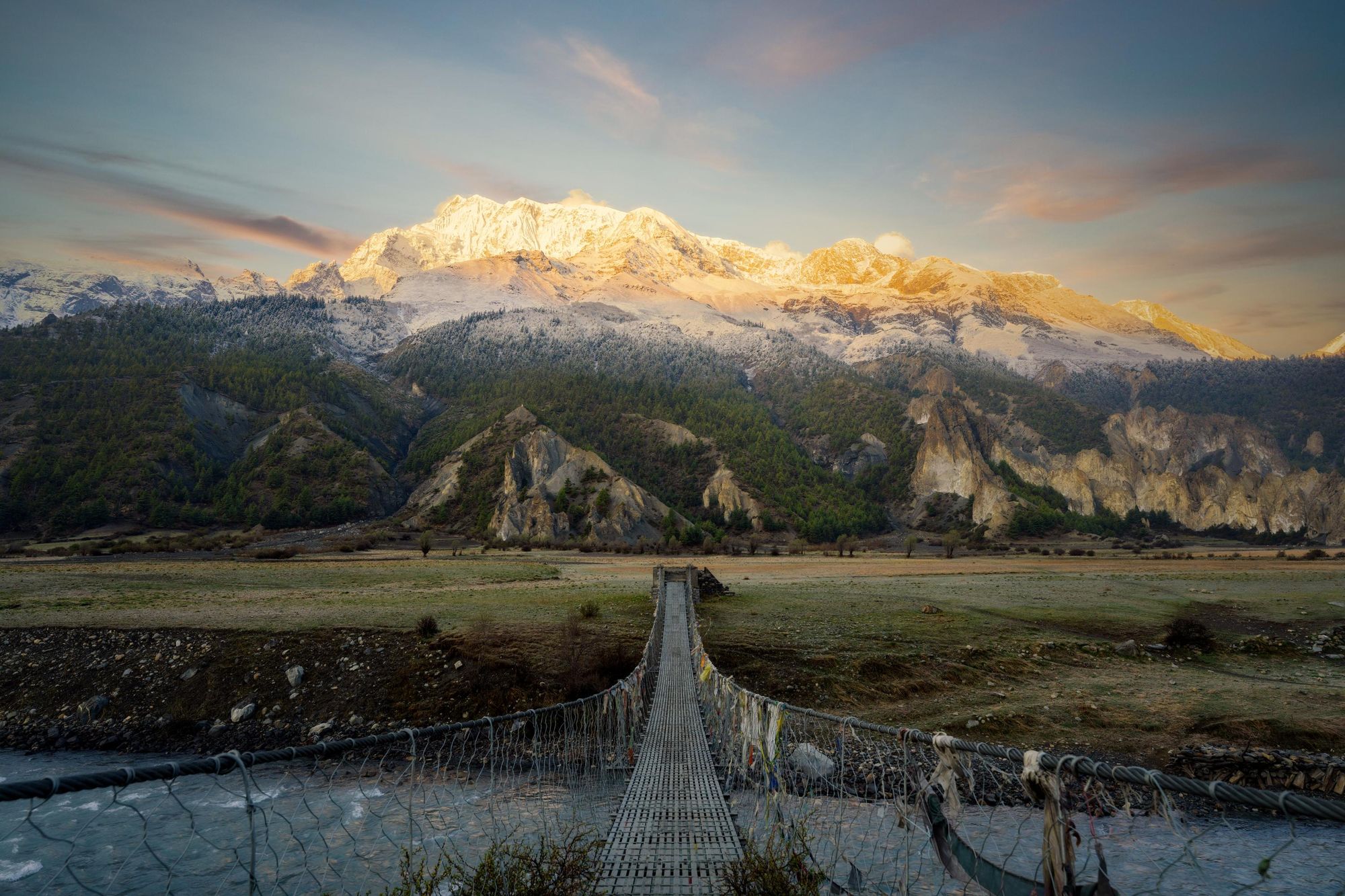
The short answer to this is no - or at least, certainly not in the same way. The Annapurna circuit trek is an 81-mile trekking route that takes between 10 and 20 days to complete. It will take you from the official starting point of the trek in Besisahar to the official end in Nayapul; roughly in a huge horseshoe loop.

Any long-distance trek like this comes with its own inherent risks. The high point of the trek is the Thorong La Pass, which at 5,416m (17,769ft) high, certainly still comes with risks of altitude sickness. There are also the usual risks of hiking in the outdoors and in remote areas - but this route is commonly walked by global hikers.
Read our first-hand guide to the Annapurna Circuit here and you will see that this long-distance trek is not only a beautiful journey - it's an achievable, if demanding one, which provides an opportunity to see the huge Himalayan landscape up close without technical mountaineering (although crampons can be required).
Curious to see Annapurna but not so up close and personal? Check out our Annapurna Treks for a less deadly adventure in the area, or browse our other adventure holidays.



